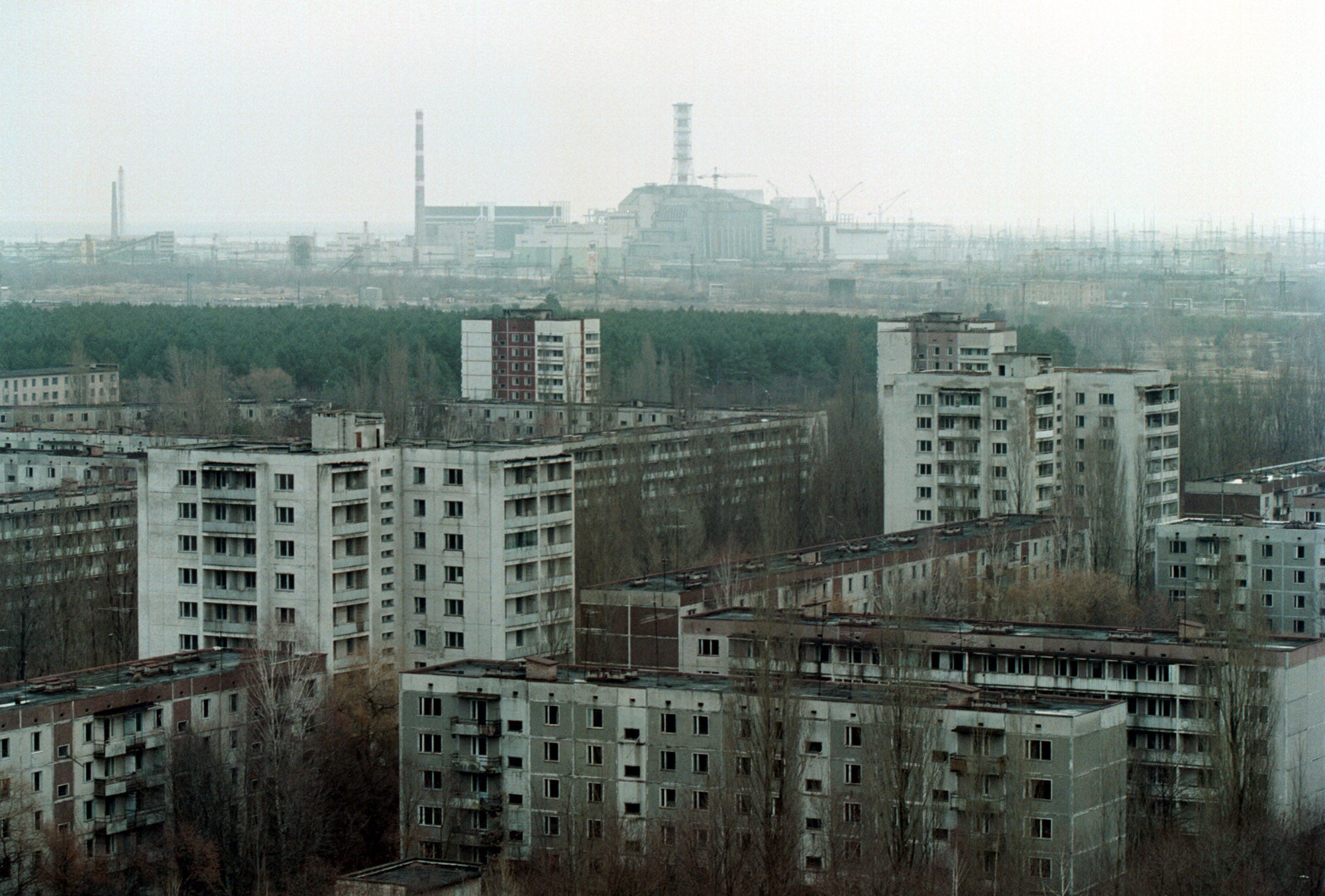ARTICLE AD BOX
Ukrainian farmland abandoned after the 1986 Chernobyl nuclear disaster is again fit for agriculture, a new study reveals.
In the aftermath of the nuclear accident, vast swathes of northern Ukraine were designated as too hazardous for farming.
The Chernobyl Exclusion Zone of 4,200sqkm around the nuclear plant remains uninhabited to this day and is now one of Europe’s largest nature reserves.
But the 2,000sqkm Zone of Obligatory Resettlement, never fully abandoned, is home to thousands of people. In the years since the disaster, radiation levels in the region have declined significantly due to radioactive decay and erosion of surface soils. Yet, there has been no re-classification of the abandoned lands since zoning criteria were put in place in 1991.
In recent years, some farmers in the region have taken matters into their own hands and started sparse agricultural production.
Now, a new study published in the Journal of Environmental Radioactivity, confirms that crops can be grown safely on most of the land.

Researchers assessed around 100 hectares of land in the Zhytomyr region for contamination levels and predicted the uptake of radioactive substances by common crops such as potatoes, cereals, maize, and sunflower.
By analysing soil samples and measuring external gamma radiation, they confirmed that the effective radiation dose to agricultural workers was well below Ukraine’s national safety threshold.
The researchers found that the radiation amount was significantly lower than background radiation levels experienced naturally all over the world.
This means that, with proper monitoring and adherence to Ukrainian food safety regulations, many crops can safely be grown in these previously restricted zones.
“Since 1986, there has been a lot of misinformation about radiation risks from Chernobyl, which has negatively impacted on people still living in abandoned areas,” study lead author Jim Smith from the University of Portsmouth said. “This research is important for communities affected by the Chernobyl disaster.”
The new study outlines a scientific approach to assess and bring valuable farmland back into production. “This isn’t just about Chernobyl. It is about applying science and evidence to ensure people are protected, while making sure land isn’t needlessly left to waste,” Dr Smith said. “The methods developed here could be applied to other radioactively contaminated sites worldwide.”









 English (US) ·
English (US) ·